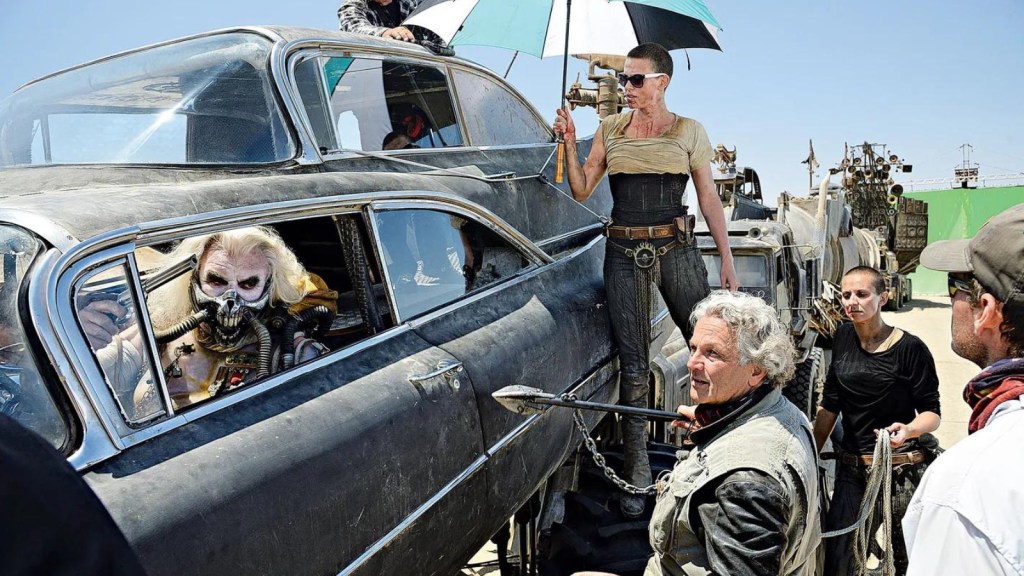George Miller, an Australian director and producer, is best known for his contributions to genre cinema. A creator of vivid, kinetic, and surprisingly philosophical worlds, his work spans the starkly dystopian Mad Max series to the vibrant and heartwarming Happy Feet films, demonstrating an incredible range of storytelling mastery.
Before finding his footing in cinema, Miller was a practising medical doctor, a background that profoundly influenced his cinematic sensibility. The dichotomy of human vulnerability and resilience, as he observed in his medical practice, became central to his films. His characters often live on the edge of survival, confronting moral dilemmas and exploring the depths of their humanity in high-stakes environments, as exemplified by Max Rockatansky’s journey through the post-apocalyptic landscapes of the Mad Max series.
A recurring motif in Miller’s work is the exploration of dystopian and alternative worlds, serving as reflections on our society. His films are rooted in real-world anxieties and often critique power structures and human nature. For instance, the dystopian future of the Mad Max series serves as a stark reflection of societal collapse and resource scarcity.
George Miller’s Genre-Defining Cinema
Visually, Miller’s style is distinguished by its dynamism and innovative use of camera movement. His films are replete with high-speed chases and intricate action sequences, characterised by their balletic choreography and visceral impact. A pioneer in the use of practical effects and stunts, Miller pushed the boundaries of the action genre, most notably in Mad Max: Fury Road, which has been lauded for its exhilarating, almost operatic, action sequences.
Miller’s influence on cinema, particularly within the action genre, is considerable. Filmmakers such as Guillermo del Toro and Edgar Wright have cited him as an inspiration, and his distinct style can be seen echoed in films around the globe. The Mad Max series has been particularly influential, revolutionising the depiction of post-apocalyptic landscapes and setting a new standard for action cinema. While his foray into family films with the Happy Feet and Babe franchises may seem divergent, it has only proven Miller’s breadth and versatility as a filmmaker, highlighting his unique ability to infuse rich emotional narratives and philosophical underpinnings within highly commercial, genre-based cinema.
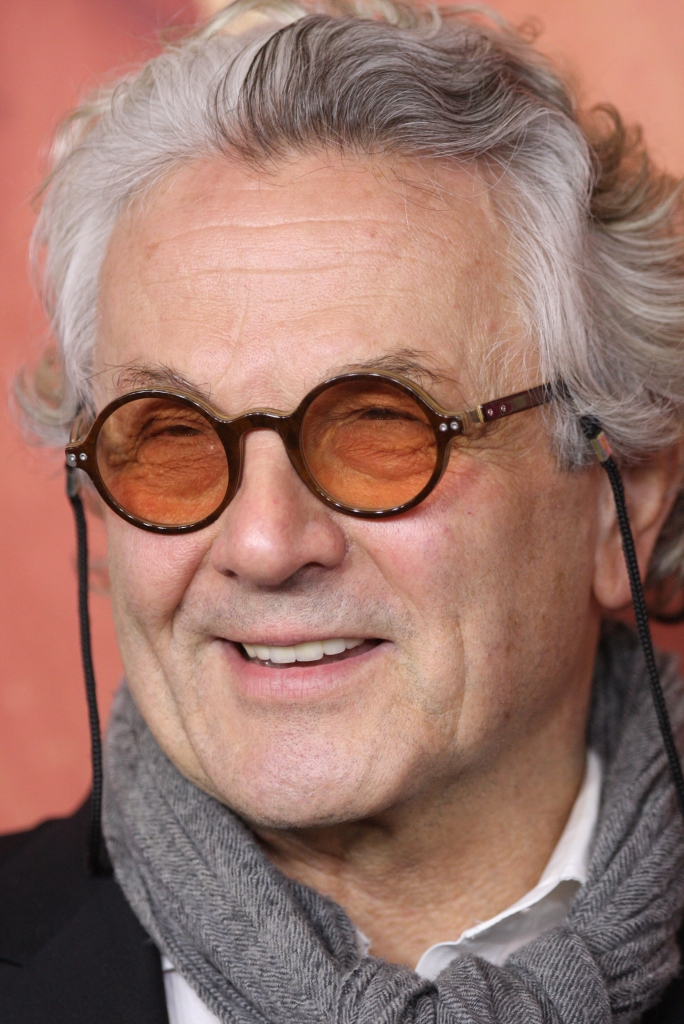
George Miller (1945 – -)
Calculated Films:
- Mad Max (1979)
- Mad Max 2: The Road Warrior (1981)
- Mad Max: Fury Road (2015)
Similar Filmmakers
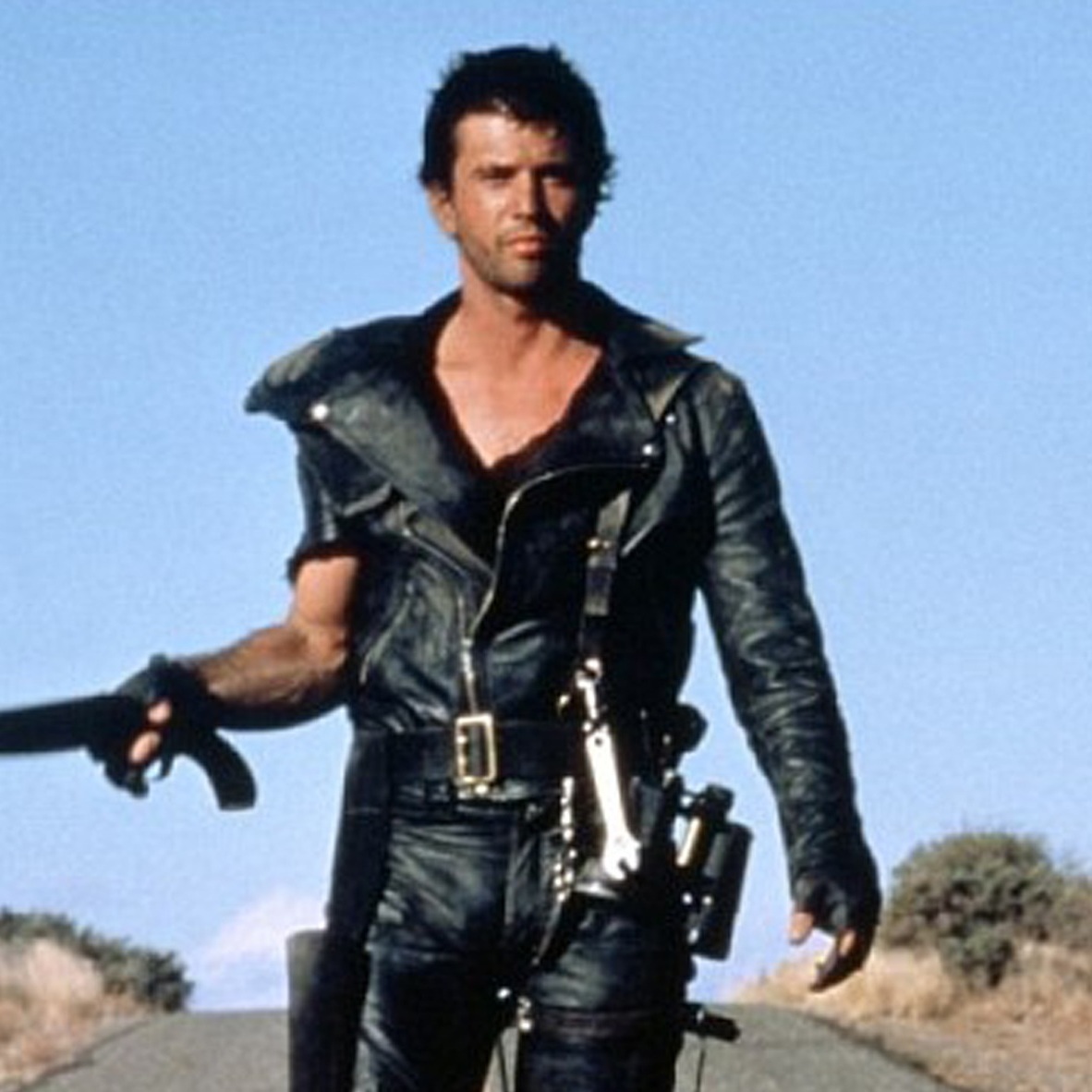


George Miller’s Films Ranked
1. Mad Max: Fury Road (2015)
Genre: Post-Apocalypse, Carsploitation, Action

2. Mad Max 2: The Road Warrior (1981)
Genre: Post-Apocalypse, Action, Ozploitation

3. Mad Max (1979)
Genre: Ozploitation, Carsploitation, Dystopian, Crime, Action

4. Lorenzo’s Oil (1992)
Genre: Drama, Family Drama, Biographical

5. Three Thousand Years Of Longing (2022)
Genre: Romance, Fairy Tale, Drama, Fantasy
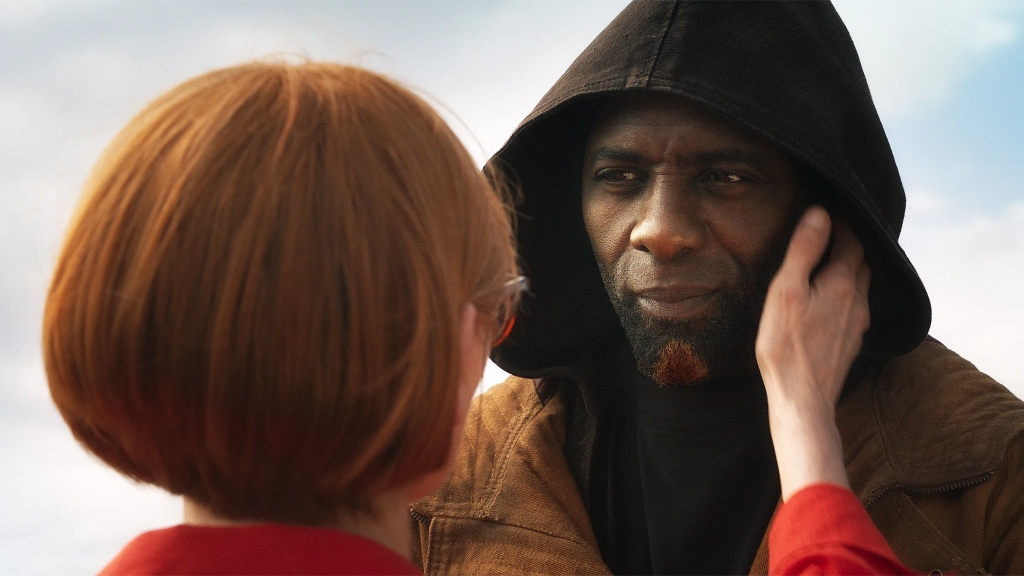
6. The Witches of Eastwick (1987)
Genre: Comedy, Low Fantasy

7. Mad Max: Beyond The Thunderdome (1985)
Genre: Post-Apocalypse/Action
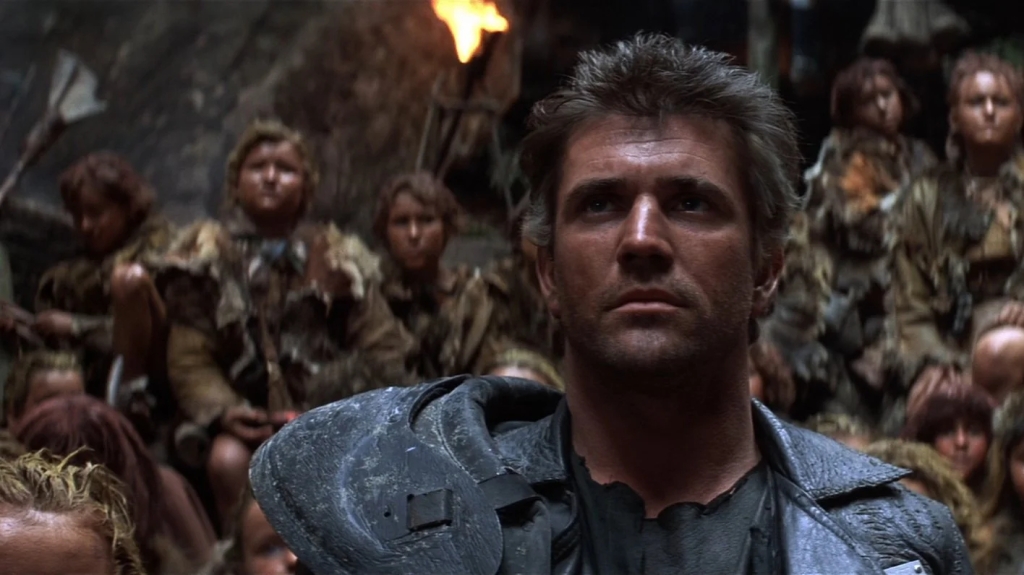
8. Happy Feet (2006)
Genre: Computer Animation, Comedy, Family, Jukebox Musical, Dance Film
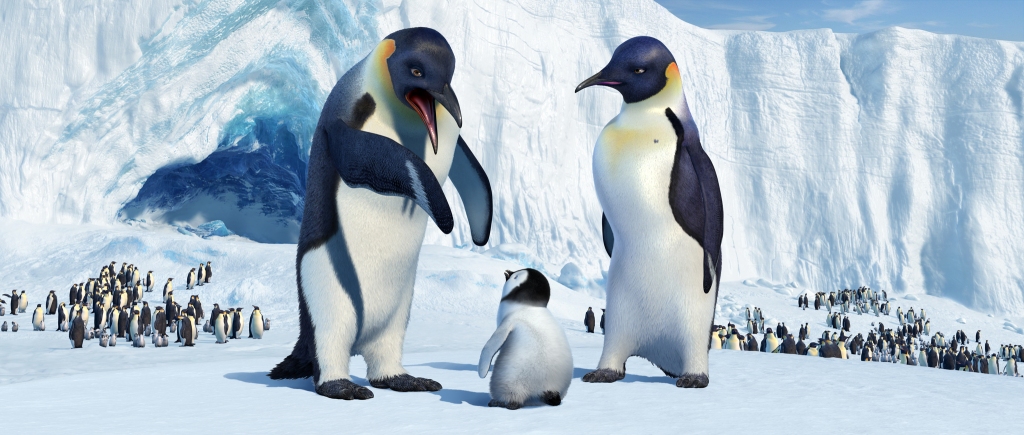
9. Babe: Pig In The City (1998)
Genre: Family, Adventure, Low Fantasy, Fable

10. Happy Feet 2 (2011)
Genre: Computer Animation, Family, Jukebox Musical
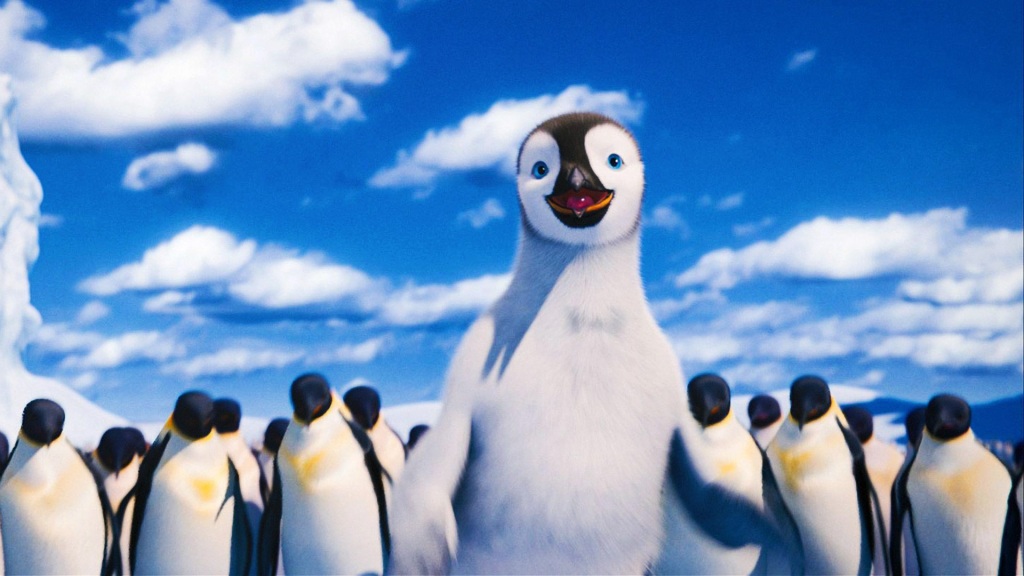
George Miller: Themes and Style
Themes:
- Post-Apocalyptic & Dystopian Worlds: Many of Miller’s films, especially the Mad Max series, are set in post-apocalyptic futures where civilisation has crumbled. These settings serve as a backdrop to explore themes of survival, anarchy, and the human condition.
- Heroism and Redemption: Central to many of Miller’s films is the concept of a hero or anti-hero. Characters, often deeply flawed, find redemption or a renewed purpose in their actions.
- Human Nature and Morality: Miller often explores the darker aspects of human nature, whether it’s through a societal collapse or through characters pushed to their limits.
- Man vs. Environment: Many of Miller’s narratives pit humans against unforgiving landscapes, emphasising the conflict between man and nature.
Styles:
- Kinetic Action Sequences: Miller is celebrated for his exhilarating action sequences. Whether it’s the high-speed chases in the Mad Max series or the elaborate dances in Happy Feet, movement plays a crucial role in his films.
- Practical Effects: Miller is known for preferring practical effects over CGI, giving his action sequences a tangible and gritty realism. This can be observed in the realistic car crashes and stunts in his Mad Max movies.
- Economical Storytelling: Miller’s storytelling is often direct and devoid of unnecessary exposition. He favours showing rather than telling, allowing visuals to carry significant narrative weight.
- Vivid Visuals: Miller’s films often exhibit a distinct visual style marked by dynamic cinematography and vibrant colour palettes, especially in movies like Mad Max: Fury Road.
Directorial Signature:
- Versatility: Despite being best known for his action-packed Mad Max series, Miller’s range extends to family films like Babe and Happy Feet. His ability to successfully direct across various genres showcases his versatility.
- Emphasis on World-building: Miller spends considerable effort in establishing the universe of his films. The post-apocalyptic world of Mad Max is rich with details about its tribes, cultures, and myths, making it feel authentic and immersive.
- Strong Female Characters: Many of Miller’s films, especially Mad Max: Fury Road, feature strong, independent female characters who play central roles in the narrative.
- Audiophile Approach: Miller’s films are notable for their unique sound design. The roaring engines in Mad Max, the tap dancing in Happy Feet, and the sounds of the farm in Babe are all integral to the narrative and ambience.
George Miller: The 149th Greatest Director




